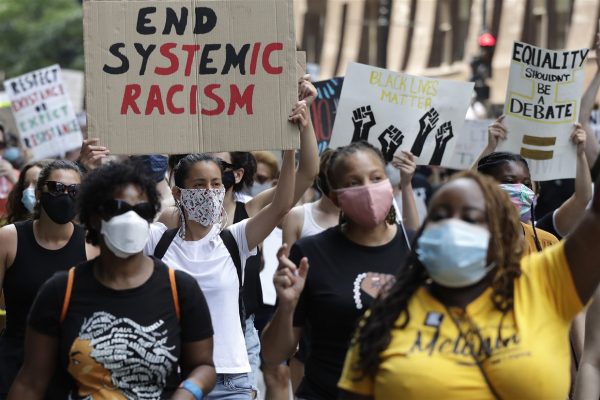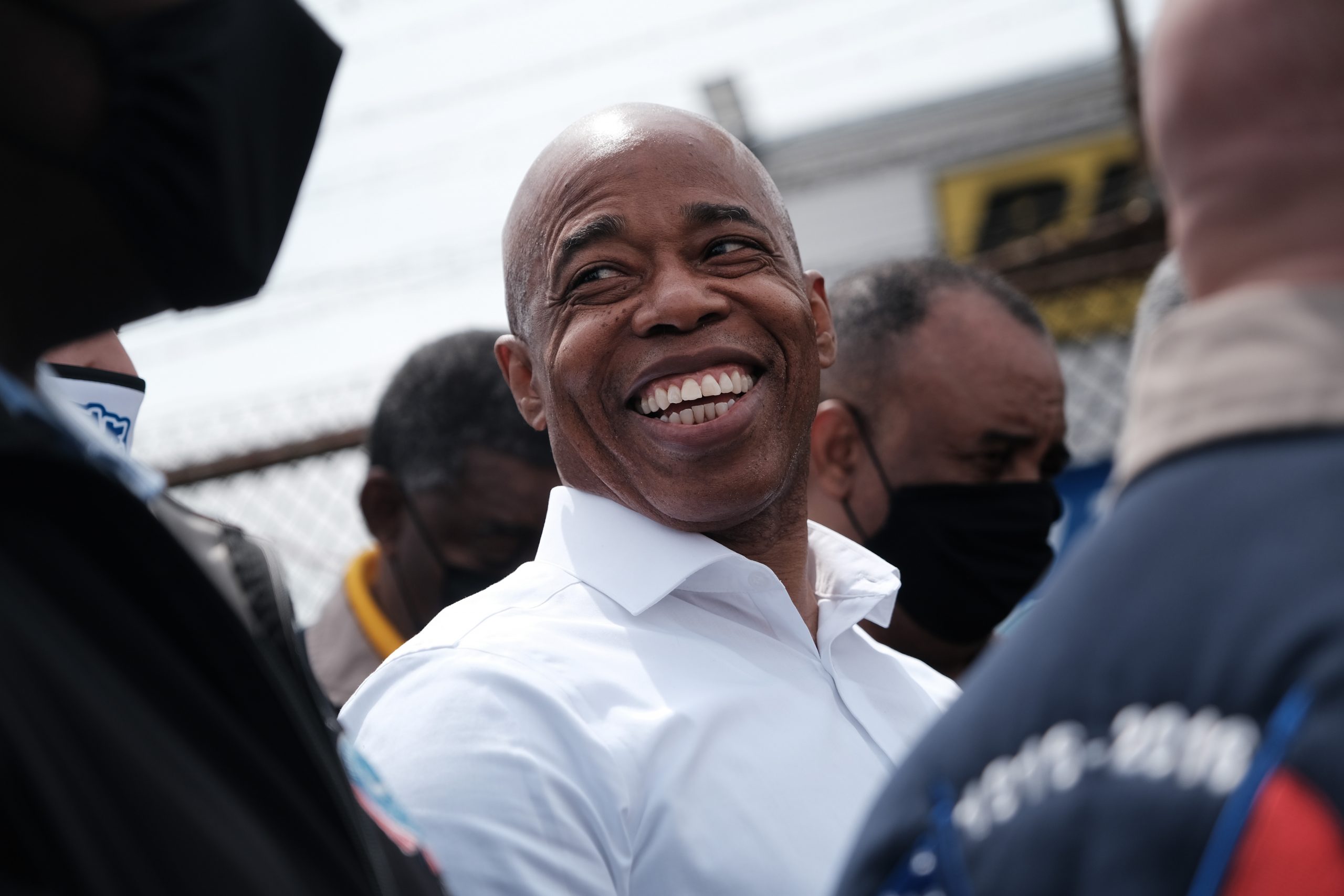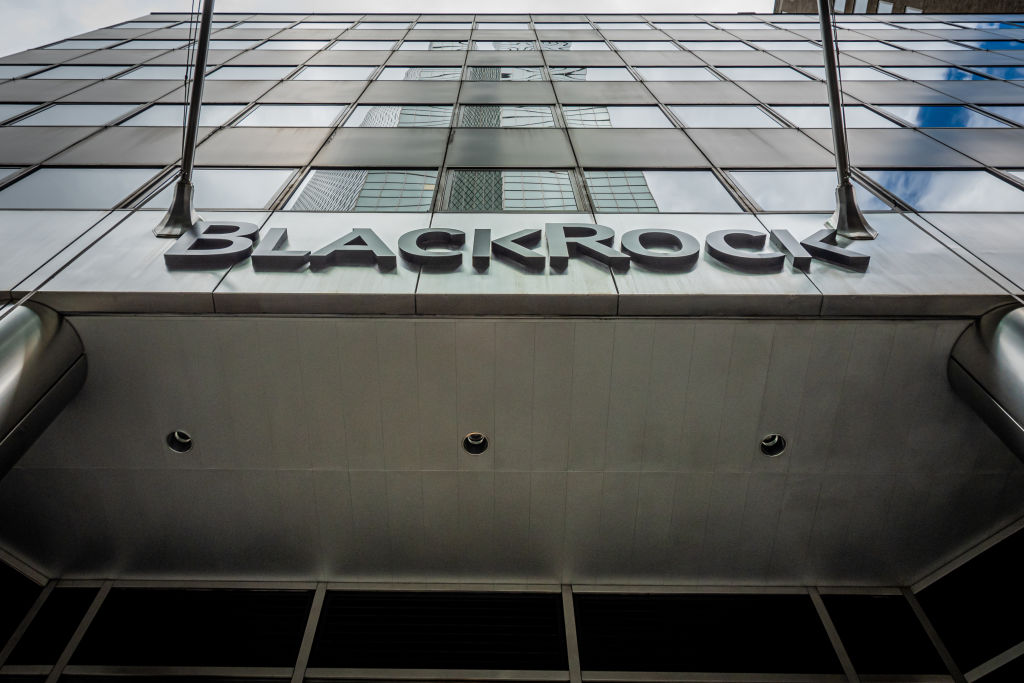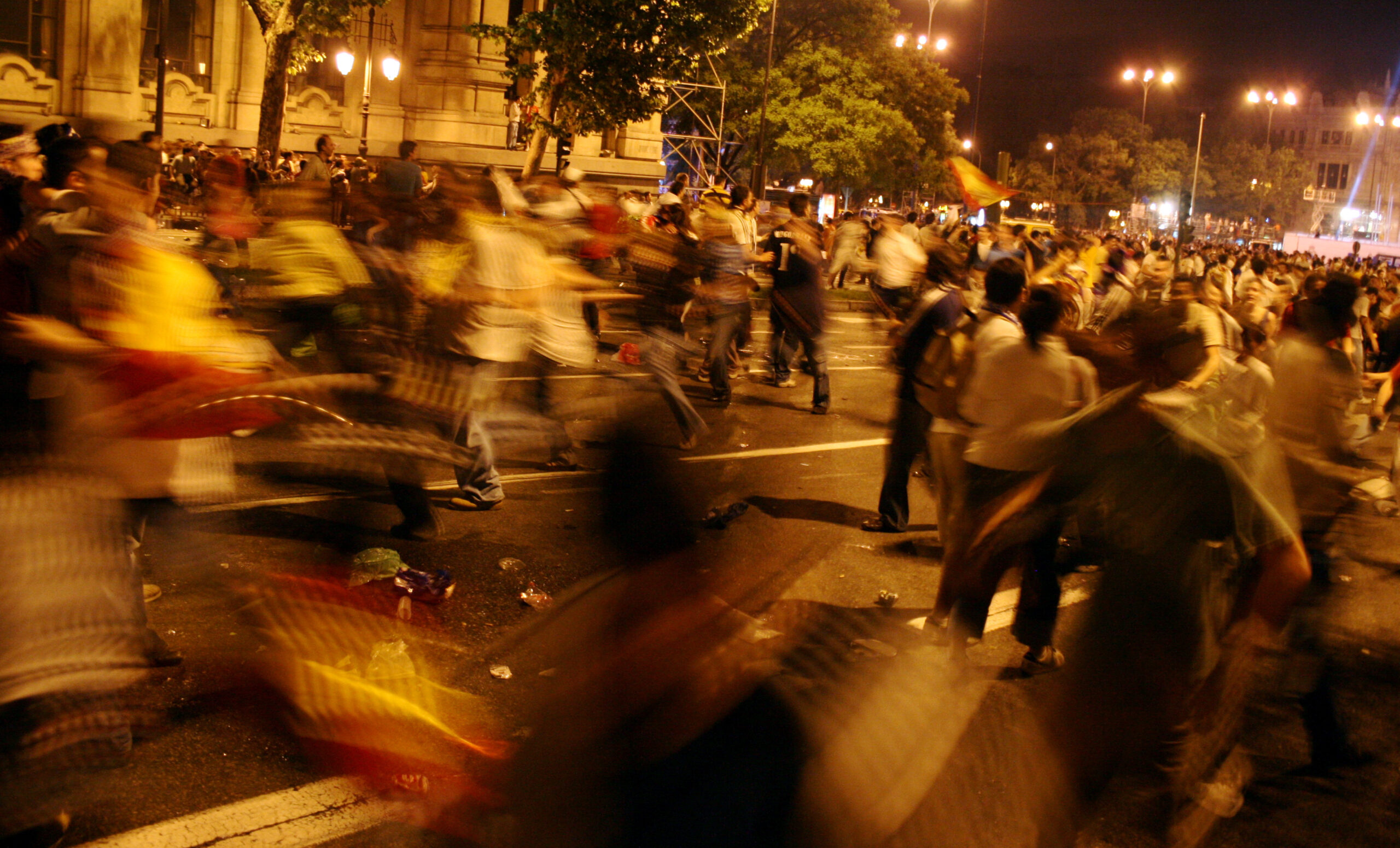The great self-evident truth of the Left.
Equal Justice Under the Law?

When it comes to riots, that may depend on which side you're on.
Many J6 protestors have been sentenced to lengthy jail terms without evidence that they engaged in violence. The “QAnon shaman” Jacob Chansley, for example, was sentenced to four years imprisonment for obstructing an official proceeding, though it was subsequently reported that he had been escorted to the Senate floor by Capitol police. Another protestor, Kevin Seefried, got three years for marching into the Capitol carrying a Confederate flag (less than the seven-year sentence prosecutors had requested).
There is room for debate about whether the sentences meted out to these nonviolent protestors were merited. On the one hand, any attempt to overturn a lawful election outcome constitutes a threat to the preservation of our constitutional order and must be met with penalties sufficiently severe to deter such actions by others in the future. On the other hand, violent criminals (especially in states with “decarceration” policies like New York) often get off with much lighter penalties—or sometimes no punishment at all.
What is troubling about the J6 punishments is the contrast with the response to the violent riots that disrupted American cities following the George Floyd killing the previous May—and which likely contributed to the climate of disregard for law that generated the January 6 riots in response. Nationwide, dozens of people were killed or injured in the riots, and thousands of businesses and properties, many minority-owned, were looted, torched, or otherwise vandalized (as were government buildings such as police stations). An estimate from Axios reported insured property losses totaling between $1 and $2 billion. (Uninsured losses were not included, and commercial property tends to be underinsured.) In Portland, the site of some of the most extreme and prolonged riots, journalist Andy Ngo was severely beaten by Marxist Antifa “protestors” for reporting on their activities, compelling his hospitalization and subsequent retreat to England.
During a sentencing hearing for January 6 protestor Danielle Doyle, U.S. District Judge Trevor McFadden noted that prosecutors had been treating the January 6 rioters who’d broken the law for a single day significantly more harshly than the Black Lives Matter and Antifa rioters who’d disrupted their communities for an entire summer and longer, suggesting that this disparity reflected prosecutorial bias. In his remarks, as reported by the Associated Press, Judge McFadden read out statistics on 2020 riot cases in the nation’s capital that were not prosecuted at all.
But a more striking disparity was exhibited in the recent resolution of three lawsuits brought by rioters in Philadelphia, Denver, and New York City. In Philadelphia, what began on May 30, 2020 as a peaceful protest over the Floyd killing soon turned violent, with the burning of a police car and the setting of at least nine fires around the city. Looters flocked into Center City businesses, stealing clothes, technological equipment, and even mannequins. More than 100 people were arrested, while 13 police officers were injured.
As the riots continued, the National Guard had to be called up, and tear gas was used to break up a blockade of I-76, the interstate highway leading to the city’s downtown. The Ben Franklin Bridge across the Delaware River leading into the city from the other side had to be closed and the city’s rapid transit system shut down. Meanwhile, the looting and mayhem continued. Reported commercial burglaries reached a daily peak of 411 before subsiding to 47. Meanwhile, District Attorney Larry Krasner—a notorious “Soros prosecutor”—announced aggravated assault charges against a policeman who was reported to have hit a protestor in the head with a baton.
While I have not been able to access figures on the number of Philadelphia rioters who were punished for their actions, see below regarding the judicial outcome for some. And it bears mentioning that five months after the Floyd riots, on October 27 of that same year, at least 30 police officers were injured during rioting that broke out in West Philadelphia overnight after police who had been called to address a domestic disturbance fatally shot a black man who came at them with a knife. One 56-year-old policewoman suffered a broken leg when a pickup truck ran over her in an attempt to break up a police line that was set up to cordon off the site of the incident.
In New York City, hundreds of alleged looters and rioters arrested in 2020 in protests over the Floyd killing had their charges dropped. In the Bronx, which witnessed street fires and mass looting, more than 60% of arrestees were set free without punishment. Seventy-three of the 118 people arrested in the borough had their cases shelved altogether, while another 19 were convicted on lesser counts like trespassing, which carries no jail time.
In Manhattan, where looters ran rampant across the Soho and Midtown neighborhoods, 222 of those arrested had their cases completely dropped, while 73 got lesser counts. Of the 485 arrestees in the borough, as of 2021, 128 still had open criminal court cases, while 40 juvenile defendants had their cases moved to family court. (Sources in the DA’s office insisted that in many of the cases, the evidence was not strong enough to secure a conviction.) The offices were also said to be swamped with a backlog of cases created by the courts’ prolonged closure during the COVID-19 pandemic.
On March 20 of this year, Philadelphia officials announced a $9.25 million settlement with 343 plaintiffs over lawsuits challenging the police reaction to the 2020 Floyd protests. This is in addition to a grant of $500,000 to $600,000 for “mental health counseling” for residents of West Philadelphia (where the protests originated).
Plaintiffs’ attorneys claimed that the police response to the riots had turned the West Philadelphia business corridor into a “war zone,” with tanks allegedly “chasing residents into their homes and indiscriminately firing canisters of tear gas at them.” In announcing the settlement, Philadelphia Mayor Jim Kinney expressed hope that the settlement would “continue the healing process” following the pandemic, racial injustice, civil unrest, and Donald Trump’s presidency, while police superintendent Danielle Outlaw described her department as a “learning organization” that would do better in the future, working to “protect the First Amendment rights of protestors” while “keep[ing] our communities and officers safe.” (Do the “rights of protestors” include nonviolently blocking highways and bridges and forcing the shutdown of mass transit?)
Just a few days earlier, on March 15, the city of Denver announced the award of $1.6 million to settle lawsuits filed by seven people who say police injured them during the Floyd demonstrations. The protesters claimed police shot them with pepper balls, rubber bullets, and flash-bang devices, even though they were demonstrating peacefully. The protestors’ attorney called the officers’ tactics “brutal and intolerable in a society that believes in freedom of speech.” One woman who sued said she was walking away from police when an officer shot her in the head with a rubber bullet, which knocked her unconscious. Another man sued because he said police tear-gassed him while he was peacefully protesting with his 12- and 18-year-old sons. The largest payment will go to a protestor whom police shot in the face with a rubber bullet. (Such experiences cannot have been pleasant, but the tactics are widely used throughout the world to control riots without causing lasting harm.)
The March 15 settlement, it should be mentioned, follows a 2022 verdict in which jurors ordered Denver to pay $14 million in damages to another group of 12 protesters who claimed police used excessive force during the Floyd demonstrations.
On March 1, New York City agreed to a proposed settlement awarding millions to approximately 320 Floyd demonstrators in one section of the Bronx who claimed to have been “arrested, detained, and/or subjected to force by police officers.” The plaintiffs’ attorneys believe it to be the “highest per-person settlement in a mass arrest class action lawsuit in New York City history.” The five plaintiffs who brought the case will receive an additional $21,500 each “for their efforts in bringing and maintaining this action,” while an additional $2,500 will also be paid to each protester who was given a desk appearance ticket by the NYPD, since those people were “subjected to fingerprinting, photographing, and a criminal history check (resulting in an open criminal case record until dismissal), and were generally detained for at least several more hours than those who received only a summons,” the proposed settlement states. How undergoing these standard procedures constituted a violation of the plaintiffs’ rights was not made clear. Additionally, but perhaps not surprisingly, the proposed settlement awards approximately $2.5 million in legal fees.
As part of the settlement, defendants, including the City of New York and former Mayor Bill de Blasio, among others, do not admit fault or liability, denying “that they had or have a policy, or engaged in or currently engage in a pattern or practice, that deprived persons of their rights, privileges, or immunities secured or protected by the Constitution and laws of the United States and the State of New York.” But still, the five plaintiffs who initiated the suit will receive an additional $21,500 each “for their efforts in bringing and maintaining this action.” But even if the plaintiffs agree to the settlement, that may not end the matter, or the cost to the City, since around 90 other protesters have hired their own attorneys in separate cases. Those who claim to have sustained serious injuries may elect not to join the class-action suit and instead forge ahead in their own lawsuits.
In the judgment of one of the plaintiffs’ attorneys, “This historic settlement represents, in part, the damage that was done to this community” by alleged police misconduct. Not a word about the physical and economic harm that the riots caused to the community—let alone the cost to City taxpayers. And does the example set by the Floyd riots, and the remarkable sums received as “settlements” by those claiming to have been guiltless but injured (or just fingerprinted) peaceful sympathizers, do any less damage to the rule of law than the Capitol invasion?
The American Mind presents a range of perspectives. Views are writers’ own and do not necessarily represent those of The Claremont Institute.
The American Mind is a publication of the Claremont Institute, a non-profit 501(c)(3) organization, dedicated to restoring the principles of the American Founding to their rightful, preeminent authority in our national life. Interested in supporting our work? Gifts to the Claremont Institute are tax-deductible.
A closer look at Eric Adams’s odd history
Corporate “philanthropy” serves the Left’s activist apparatus.
What we can learn from El Salvador.
The nation could be sliding into a state of nature.
Progressives do not want the same things as most Americans.






